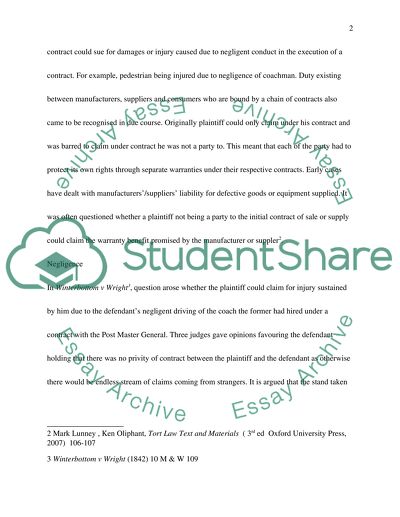Cite this document
(“Tort Law - differences between the principles of negligence and strict Essay”, n.d.)
Retrieved from https://studentshare.org/law/1467842-tort-law-differences-between-the-principles-of
Retrieved from https://studentshare.org/law/1467842-tort-law-differences-between-the-principles-of
(Tort Law - Differences Between the Principles of Negligence and Strict Essay)
https://studentshare.org/law/1467842-tort-law-differences-between-the-principles-of.
https://studentshare.org/law/1467842-tort-law-differences-between-the-principles-of.
“Tort Law - Differences Between the Principles of Negligence and Strict Essay”, n.d. https://studentshare.org/law/1467842-tort-law-differences-between-the-principles-of.


